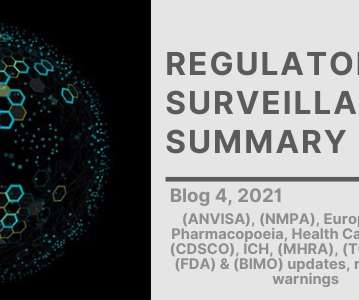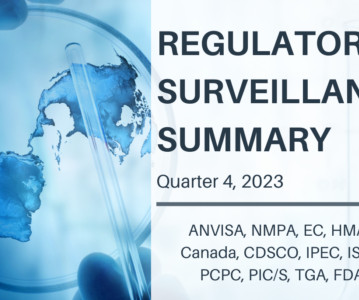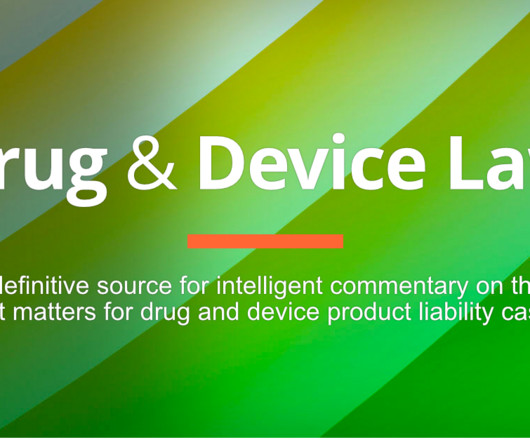SQA Regulatory Surveillance Summary 4 | Monthly Update 2021
SQA
JUNE 10, 2021
Due to the COVID-19 pandemic, there was an increase of 39.2% Commission in March 2015 after the publication, in December 2014, of the Q3D Guideline on Elemental Impurities (EI) by the International Council for Harmonization (ICH). on regulations published by ANVISA. The deadline for comments is 30 June 2021.












Let's personalize your content